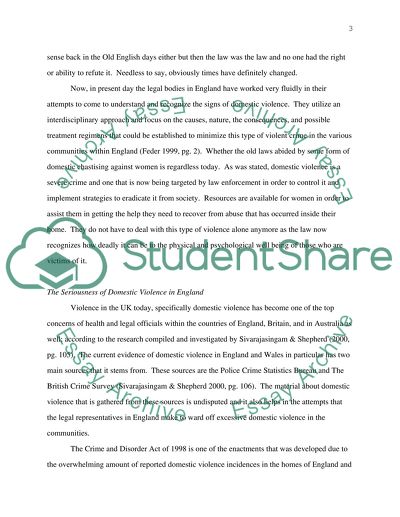Cite this document
(“Domestic Violence: Women Facing Abuse in their Home Research Paper”, n.d.)
Domestic Violence: Women Facing Abuse in their Home Research Paper. Retrieved from https://studentshare.org/social-science/1516550-domestic-violence-master-essay
Domestic Violence: Women Facing Abuse in their Home Research Paper. Retrieved from https://studentshare.org/social-science/1516550-domestic-violence-master-essay
(Domestic Violence: Women Facing Abuse in Their Home Research Paper)
Domestic Violence: Women Facing Abuse in Their Home Research Paper. https://studentshare.org/social-science/1516550-domestic-violence-master-essay.
Domestic Violence: Women Facing Abuse in Their Home Research Paper. https://studentshare.org/social-science/1516550-domestic-violence-master-essay.
“Domestic Violence: Women Facing Abuse in Their Home Research Paper”, n.d. https://studentshare.org/social-science/1516550-domestic-violence-master-essay.


